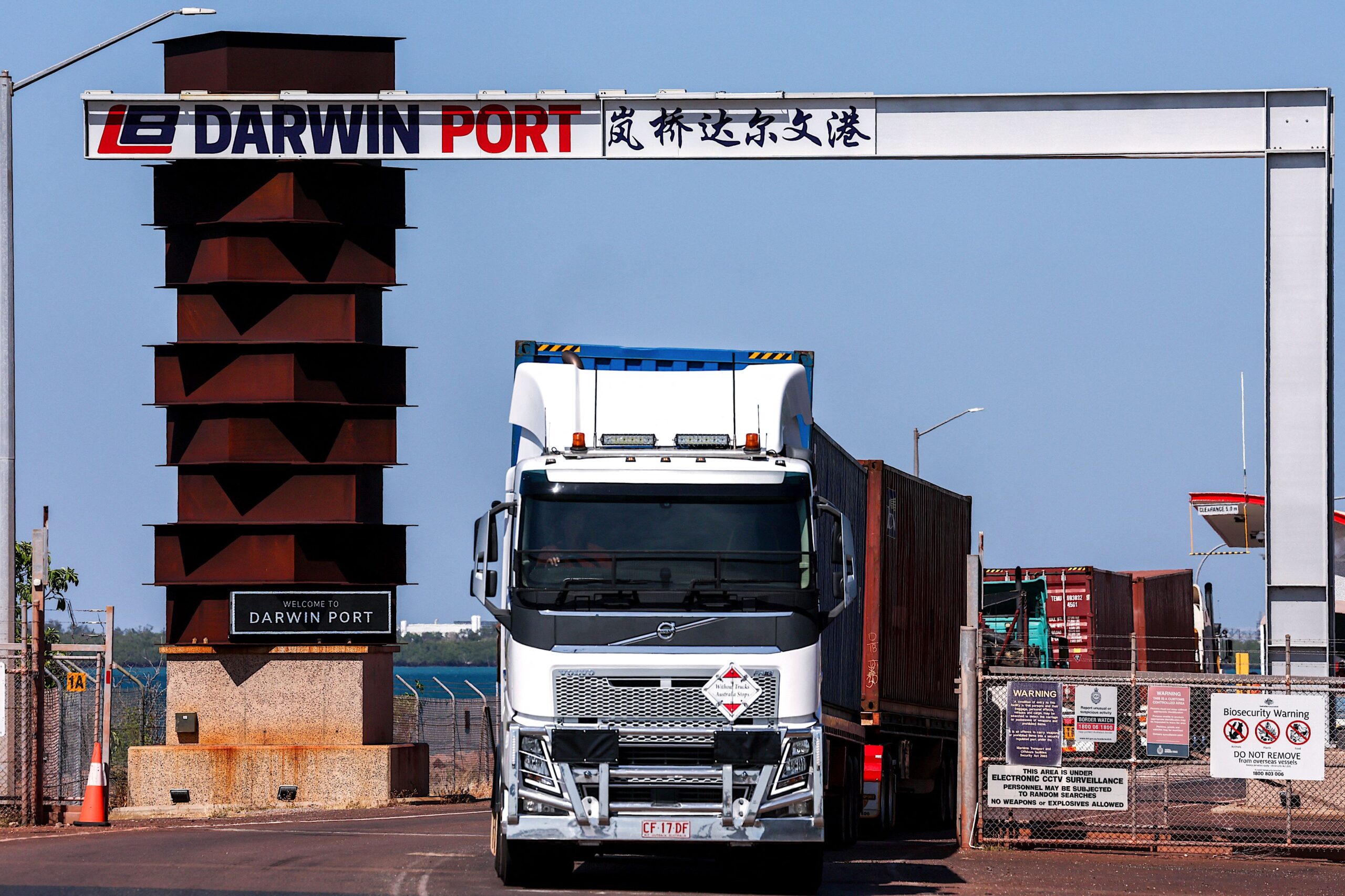By John Meyer, consultant in financial affairs – Eurasia Business News, April 2, 2025. Article No 1470.
On April 2, 2025, President Donald Trump unveiled a comprehensive plan for reciprocal tariffs during a ceremony in the White House Rose Garden, which he dubbed “Liberation Day.” The tariffs are designed to target imports from countries that impose tariffs or trade barriers on U.S. goods, aiming to enhance U.S. manufacturing and reduce trade deficits. The announcement has been met with significant market volatility and economic concerns, as it could disrupt global trade and potentially lead to retaliatory measures from affected nations.
Announcing this speech, he called April 2 the “day of liberation” of the United States.
Trump said that the U.S. was going to be “charging a discounted reciprocal tariff” because the U.S. is kind. For China, the U.S. is levying a 34% tariff, then for Europe “we’re going to charge them 20%” and Japan 24%. U.S. President gave the list of more than a dozen countries. New tariffs are effective on April 9.
Auto tariffs will take effect tonight. Trump said he’s imposing 25% tariffs on all foreign-made autos as of midnight.
Key Points of Trump’s Tariff Plan:
Reciprocal Tariffs: The tariffs are intended to mirror the trade barriers imposed by other countries on U.S. goods, targeting nearly all U.S. trading partners.
In early February, President Trump’s imposition of a 25% tariff on imported vehicles and auto parts, along with plans for additional tariffs, heightened trade tensions. These tariffs are expected to increase consumer costs and potentially fuel inflation further.
Immediate Effect: The tariffs are set to take effect immediately upon announcement, with no country-wide exemptions currently planned.
Economic Impact: Economists warn that these tariffs could lead to increased prices, inflation, and potentially even a recession, while some investors see them as a short-term cost for long-term economic benefits.
Tariffs will increase the cost of imported goods, which companies often pass on to consumers. This could lead to higher prices for a wide range of products, including essentials like groceries and energy products in the U.S. economy.
The price hikes could exacerbate existing inflationary pressures, further eroding consumer purchasing power.
Global Reaction: The move is expected to prompt retaliatory actions from other countries, which could escalate trade tensions and affect global economic stability.
China immediately responded to the Trump measures: in February, Beijing imposed 10% tariffs on oil and agricultural machinery from the United States, 15% on coal and liquefied gas, and also filed a complaint with the World Trade Organization (WTO). Since March 10, China has additionally imposed a 10-15% duty on U.S. agricultural products.
Read also : List of countries targeted by Trump tariffs in 2025
Canada also retaliated on March 4: it filed a complaint with the WTO and announced two-stage tariffs – first 25% on US goods worth $20.6 billion, then on goods worth $86.28 billion.
Market and Economic Concerns
Market Volatility: The announcement has caused significant uncertainty in financial markets, with the S&P 500 experiencing fluctuations and Wall Street’s “fear index” rising.
Read also : Gold : Build Your Wealth and Freedom
Economic Risks: Critics argue that the tariffs could lead to economic downturns and disrupt international trade relationships, while supporters believe they could boost U.S. manufacturing in the long term.
Political Implications
Political Gamble: Trump’s decision is seen as a political gamble, given his campaign promises to improve the economy. The tariffs are part of his “America First” agenda, aimed at reducing U.S. dependence on foreign goods.
Read also : Five Good Reasons to Own Gold Now
Criticism and Support: The move has been criticized by some lawmakers and economists, while others view it as necessary for correcting trade imbalances and supporting U.S. industries.
Our community already has nearly 155,000 readers!
Subscribe to our Telegram channel
Follow us on Telegram, Facebook and Twitter
© Copyright 2025 – Eurasia Business News. Article no. 1470.

